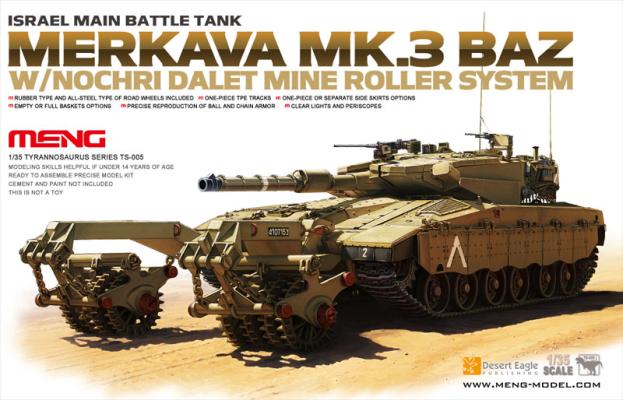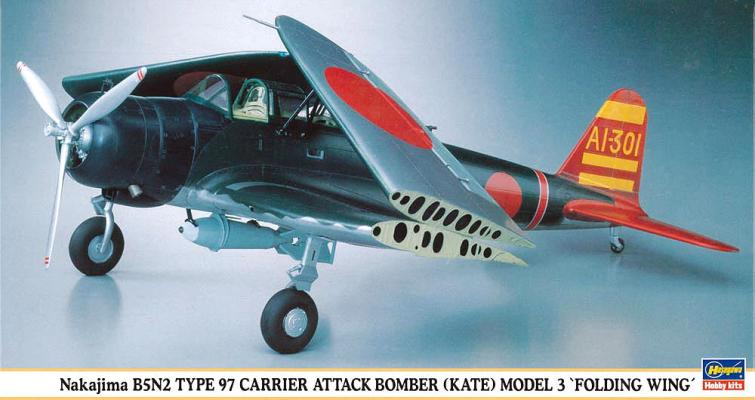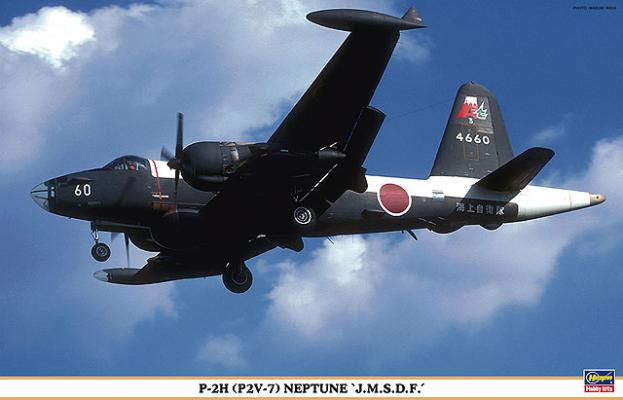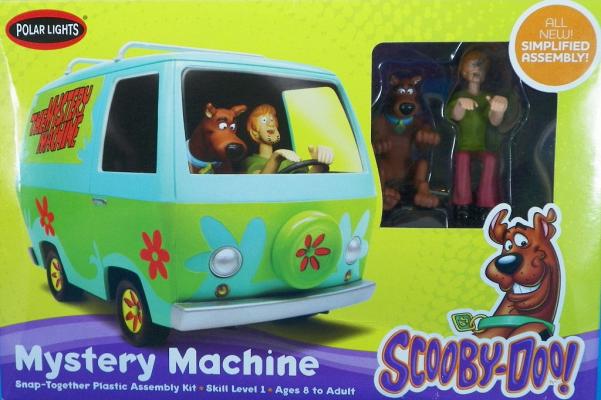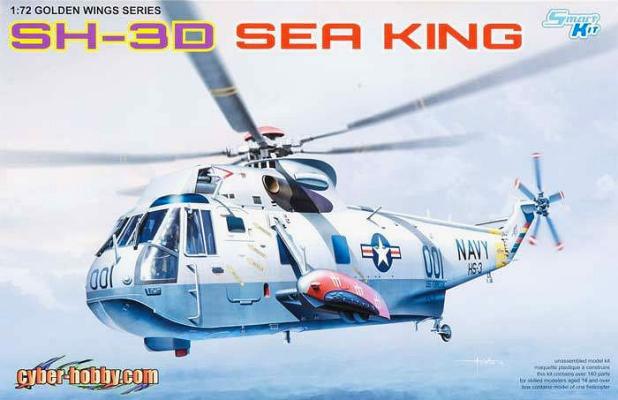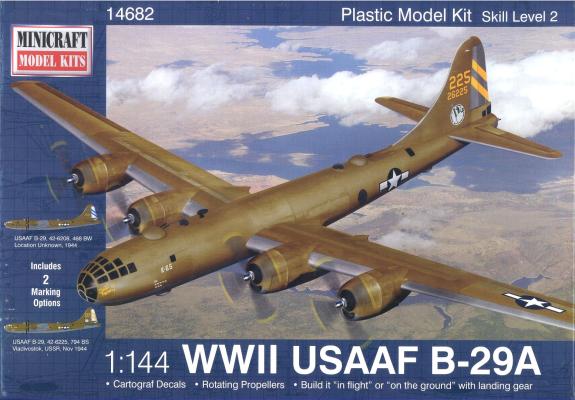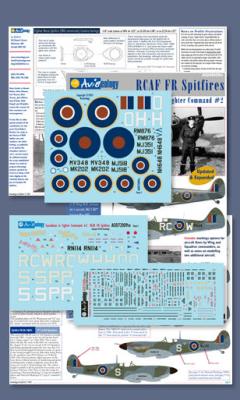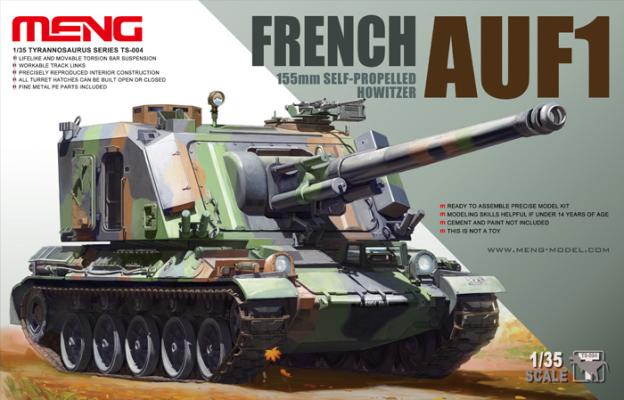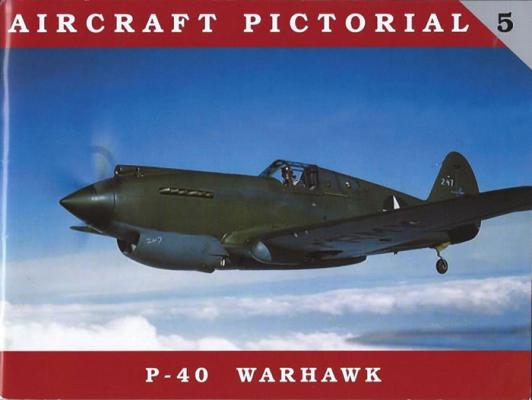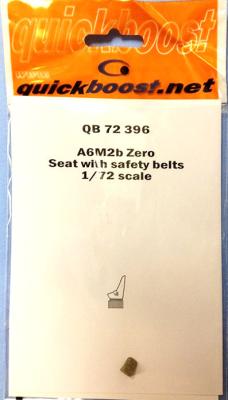Background
The Merkava Mark III was originally introduced into the IDF in December, 1989. Sporting upgrades to all major systems, the Merkava was the most modern main battle tank in the world for its time. The Mark III was given a 1,200 horsepower engine, a 120mm Israeli-designed main gun, and new laser designation and fire control systems. The development of the BAZ system in 1995 further increased this vehicle’s survivability and lethality. Some features of the BAZ system are air conditioning, NBC systems, and removable modular armor on the chassis and turret.

